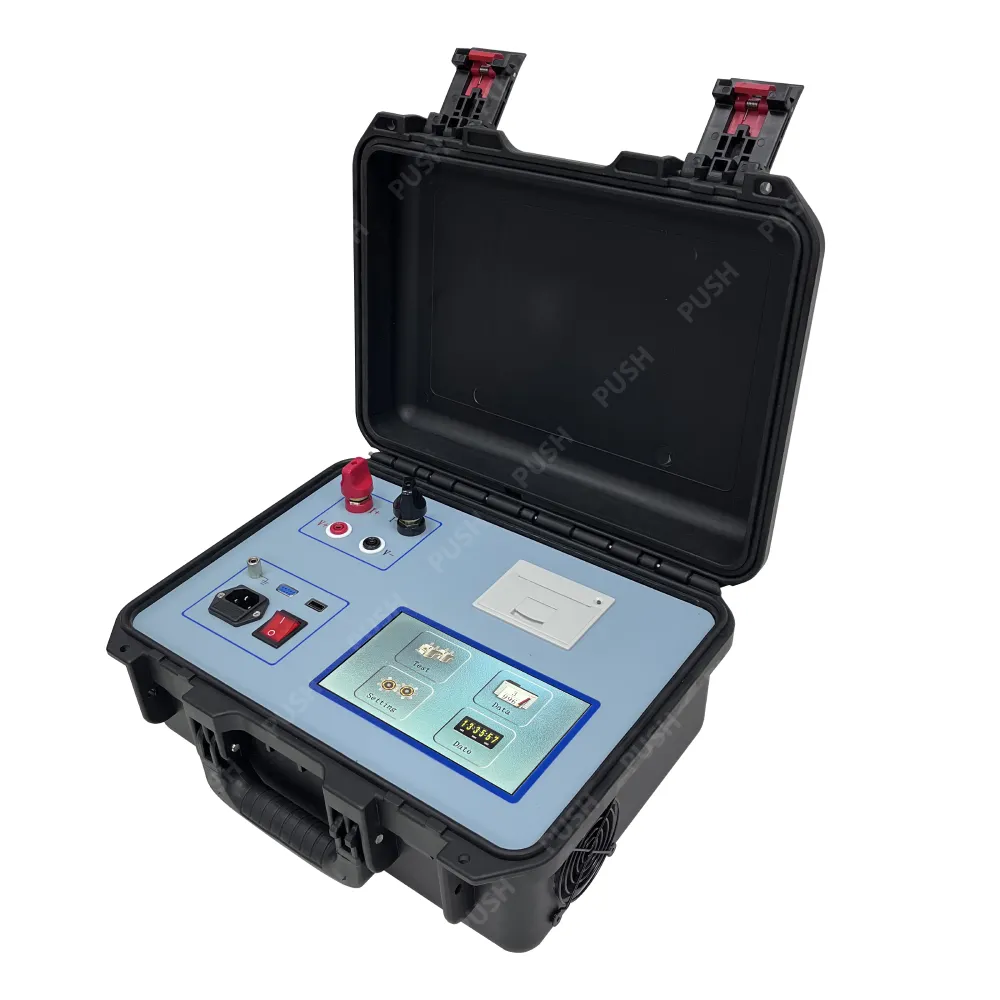 English
English



-
 Afrikaans
Afrikaans -
 Albanian
Albanian -
 Amharic
Amharic -
 Arabic
Arabic -
 Armenian
Armenian -
 Azerbaijani
Azerbaijani -
 Basque
Basque -
 Belarusian
Belarusian -
 Bengali
Bengali -
 Bosnian
Bosnian -
 Bulgarian
Bulgarian -
 Catalan
Catalan -
 Cebuano
Cebuano -
 China
China -
 China (Taiwan)
China (Taiwan) -
 Corsican
Corsican -
 Croatian
Croatian -
 Czech
Czech -
 Danish
Danish -
 Dutch
Dutch -
 English
English -
 Esperanto
Esperanto -
 Estonian
Estonian -
 Finnish
Finnish -
 French
French -
 Frisian
Frisian -
 Galician
Galician -
 Georgian
Georgian -
 German
German -
 Greek
Greek -
 Gujarati
Gujarati -
 Haitian Creole
Haitian Creole -
 hausa
hausa -
 hawaiian
hawaiian -
 Hebrew
Hebrew -
 Hindi
Hindi -
 Miao
Miao -
 Hungarian
Hungarian -
 Icelandic
Icelandic -
 igbo
igbo -
 Indonesian
Indonesian -
 irish
irish -
 Italian
Italian -
 Japanese
Japanese -
 Javanese
Javanese -
 Kannada
Kannada -
 kazakh
kazakh -
 Khmer
Khmer -
 Rwandese
Rwandese -
 Korean
Korean -
 Kurdish
Kurdish -
 Kyrgyz
Kyrgyz -
 Lao
Lao -
 Latin
Latin -
 Latvian
Latvian -
 Lithuanian
Lithuanian -
 Luxembourgish
Luxembourgish -
 Macedonian
Macedonian -
 Malgashi
Malgashi -
 Malay
Malay -
 Malayalam
Malayalam -
 Maltese
Maltese -
 Maori
Maori -
 Marathi
Marathi -
 Mongolian
Mongolian -
 Myanmar
Myanmar -
 Nepali
Nepali -
 Norwegian
Norwegian -
 Norwegian
Norwegian -
 Occitan
Occitan -
 Pashto
Pashto -
 Persian
Persian -
 Polish
Polish -
 Portuguese
Portuguese -
 Punjabi
Punjabi -
 Romanian
Romanian -
 Russian
Russian -
 Samoan
Samoan -
 Scottish Gaelic
Scottish Gaelic -
 Serbian
Serbian -
 Sesotho
Sesotho -
 Shona
Shona -
 Sindhi
Sindhi -
 Sinhala
Sinhala -
 Slovak
Slovak -
 Slovenian
Slovenian -
 Somali
Somali -
 Spanish
Spanish -
 Sundanese
Sundanese -
 Swahili
Swahili -
 Swedish
Swedish -
 Tagalog
Tagalog -
 Tajik
Tajik -
 Tamil
Tamil -
 Tatar
Tatar -
 Telugu
Telugu -
 Thai
Thai -
 Turkish
Turkish -
 Turkmen
Turkmen -
 Ukrainian
Ukrainian -
 Urdu
Urdu -
 Uighur
Uighur -
 Uzbek
Uzbek -
 Vietnamese
Vietnamese -
 Welsh
Welsh -
 Bantu
Bantu -
 Yiddish
Yiddish -
 Yoruba
Yoruba -
 Zulu
Zulu
current transformer analyzer
Understanding Current Transformer Analyzers A Comprehensive Overview
Current transformer analyzers play a pivotal role in the realm of electrical engineering, particularly in the testing and maintenance of electrical systems. These devices are crucial for monitoring current flow and ensuring that transformer installations operate efficiently and safely. Understanding their functionality, application, and significance is essential for professionals in the power industry.
What is a Current Transformer?
A current transformer (CT) is an instrument used to measure alternating current (AC) in power systems. By translating the primary current to a lower, manageable level, CTs allow for accurate measurements without the need for direct access to high-voltage lines. Current transformers are essential for metering, protection, and monitoring electrical circuits.
The Role of Current Transformer Analyzers
Current transformer analyzers are specialized devices designed to test and evaluate the performance of current transformers. They assess critical parameters such as ratio accuracy, phase displacement, and excitation characteristics. This analysis is essential for ensuring that CTs operate within their specified limits and provide reliable readings to connected metering or protection systems.
Key Features of Current Transformer Analyzers
1. Ratio Testing One of the primary functions of CT analyzers is to verify the turns ratio between the primary and secondary windings of the transformer. Accurate ratio testing ensures that the CT can convert high current accurately to a lower current for measurement.
current transformer analyzer

2. Phase Angle Measurement These analyzers also measure phase angle displacement, a critical parameter that indicates how well the CT aligns with the actual current flow. Any significant deviation can lead to inaccuracies in metering and protection functions.
3. Excitation Current Measurement Understanding the excitation current is vital for assessing a current transformer's performance, particularly under varying loading conditions. Analyzers can determine the excitation current needed to saturate the CT, which is critical for ensuring its reliability under high load conditions.
4. Calibration and Efficiency Regular testing and calibration of current transformers enhance their accuracy and performance. Moreover, transformer analyzers can identify potential issues such as saturation and magnetic hysteresis, which can lead to significant measurement errors.
Importance in the Power Industry
The significance of current transformer analyzers cannot be overstated. Proper testing ensures the reliability and accuracy of measurement systems used in distribution and transmission networks. Faulty or poorly performing CTs can lead to incorrect readings, which might result in operational inefficiencies, safety hazards, or catastrophic equipment failures.
Moreover, regulatory compliance and system performance depend heavily on accurate measurements. Utility companies and industries use CT analyzers to perform routine maintenance tests, ensuring that all equipment meets safety standards and regulatory requirements.
Conclusion
Current transformer analyzers are invaluable tools that ensure the functionality and reliability of electrical measurement systems. By providing precise testing and evaluation of current transformers, they empower engineers and technicians to maintain effective and safe power systems. As technology progresses, the capabilities of these analyzers will likely evolve, further enhancing their role in the ever-demanding field of electrical engineering. The continuous focus on accurate current measurement will remain a cornerstone of safe and efficient electrical operation.
-
Testing Equipment Industry Sees Major Advancements in 2025: Smart & Precision Technologies Lead the WayNewsJun.06,2025
-
Applications of Direct Current Generators in Renewable Energy SystemsNewsJun.05,2025
-
Hipot Tester Calibration and Accuracy GuidelinesNewsJun.05,2025
-
Digital Circuit Breaker Analyzer Features and BenefitsNewsJun.05,2025
-
Benefits of Real-Time Power Quality Monitoring Devices for Industrial EfficiencyNewsJun.05,2025
-
Earth Fault Loop Testing in High-Rise Building Electrical SystemsNewsJun.05,2025



